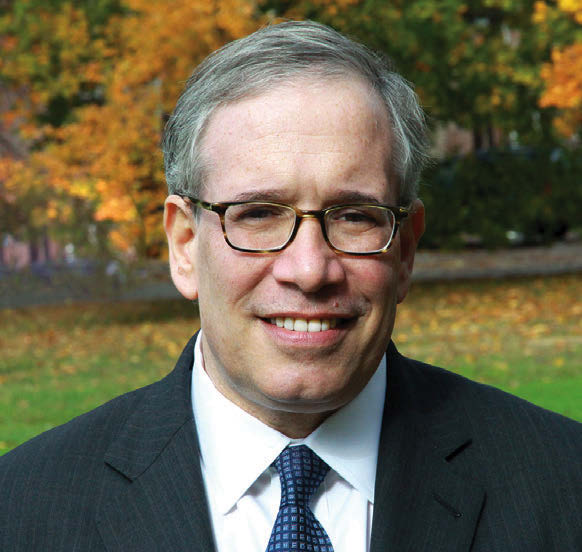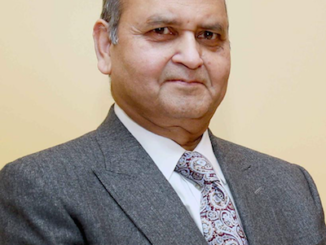
For centuries, countless immigrants, including the 3.5 million that today call New York Citytheir home, have brought culture, ideas, innovation, and an entrepreneurial spirit to neighborhoods across the five boroughs, building communities and embedding themselves in the social fabric of the City.
For every immigrant, becoming a citizen in the country where you live and contribute is a great and proud accomplishment. However, as a new report from my office finds, the costs of achieving citizenship have soared in recent years, creating significant barriers for many of the City’s 670,000 legal permanent residents eligible for naturalizationthroughout the five boroughs: 217,000 in Queens, 208,000 in Brooklyn, 117,000 in The Bronx, 106,000 in Manhattan and 19,000 in Staten Island.
Since 1989, the citizenship application fee through the United States Customs and Immigration Service (USCIS) has spiked from$60 to $680 – an increase of 500 percent accounting for inflation.
These fees are amplified by additional costs that can run into the thousands of dollars, including the cost of English classes (typically around $400 per week for group lessons) and consultations with immigration lawyers (fees can run as high as$1,500). As a result, it comes as no surprise that many would-be applicants cite financial barriers as the main reason why citizenship remains out of reach for them.
The inability of immigrants to secure citizenship not only hurts their families, but our economy at large. Immigrants who naturalize in New York City experience increases in annual incomes of up to $3,200, boosting wages for individuals and promoting economic growth in our neighborhoods.
As the City’s independent watchdog, I work every day to make sure all New Yorkers have the same opportunity to secure gainful employment and support their families. That’s why we need to be making it easier, not harder to secure citizenship.

Today, 95 percent of the USCIS operating budget is funded through fees. Congress should directadditional resources to USCISin order to reduce, or even eliminate, application fees for becoming a citizen. In addition, USCIS should improve its fee waiver process, which is designed to offer full fee waivers to households below 150 percent of the poverty line, but is confusing and inconsistently applied. Lastly, USCIS should research alternative payment options, including a staggered payment system that enables eligible immigrants to pay fees on an installment plan.
However, we can’t wait for Washington to act. Here in the ImmigrantCapital of the World, we have to set the example by developing public private partnerships to offer more citizenship assistance services where immigrants work; increasing funding for English and civic lessons for adults; and exploring tax credits to incentivize employers to subsidize immigration applications.
We already know that citizenship is a crucial step towards economic security in the United States. Now’s the time to make it truly possible for all Americans.





Be the first to comment